Samsung Galaxy S20: 5 reasons to buy and 2 reasons to skip
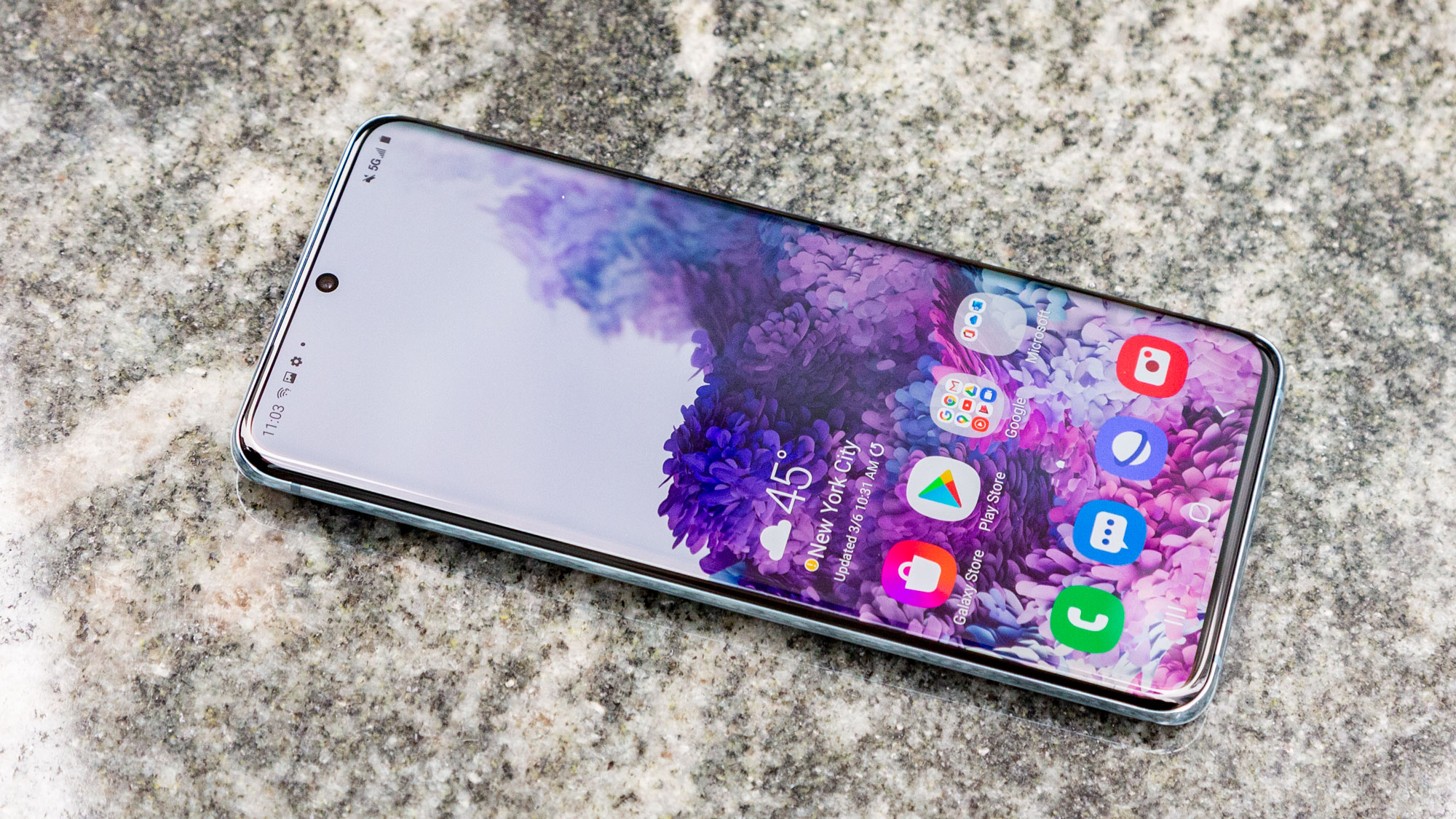
The Galaxy S20 is the new flagship phone that’s flying under the radar compared to Samsung’s other new handsets. It doesn’t have the big screen of the 6.7-inch Samsung Galaxy S20 Plus. And it doesn’t boast the powerful 10x lossless zoom and even bigger 6.9-inch display of the Galaxy S20 Ultra.
But there are plenty of reasons to pick the regular S20 over Samsung’s pricier new devices and the latest iPhones. If you’re trying to decide whether the Galaxy S20 is right for you, here’s some quick pros and cons. And if you want our in-depth look at this phone check out our full Samsung Galaxy S20 review.
- Samsung Galaxy S20 vs Galaxy S20 Plus: What should you buy?
- The best phones right now
- Samsung Galaxy Note 20 design makes the Galaxy S20 look boring
Samsung Galaxy S20: Reasons to buy
The Galaxy S20 is a refreshingly compact phone
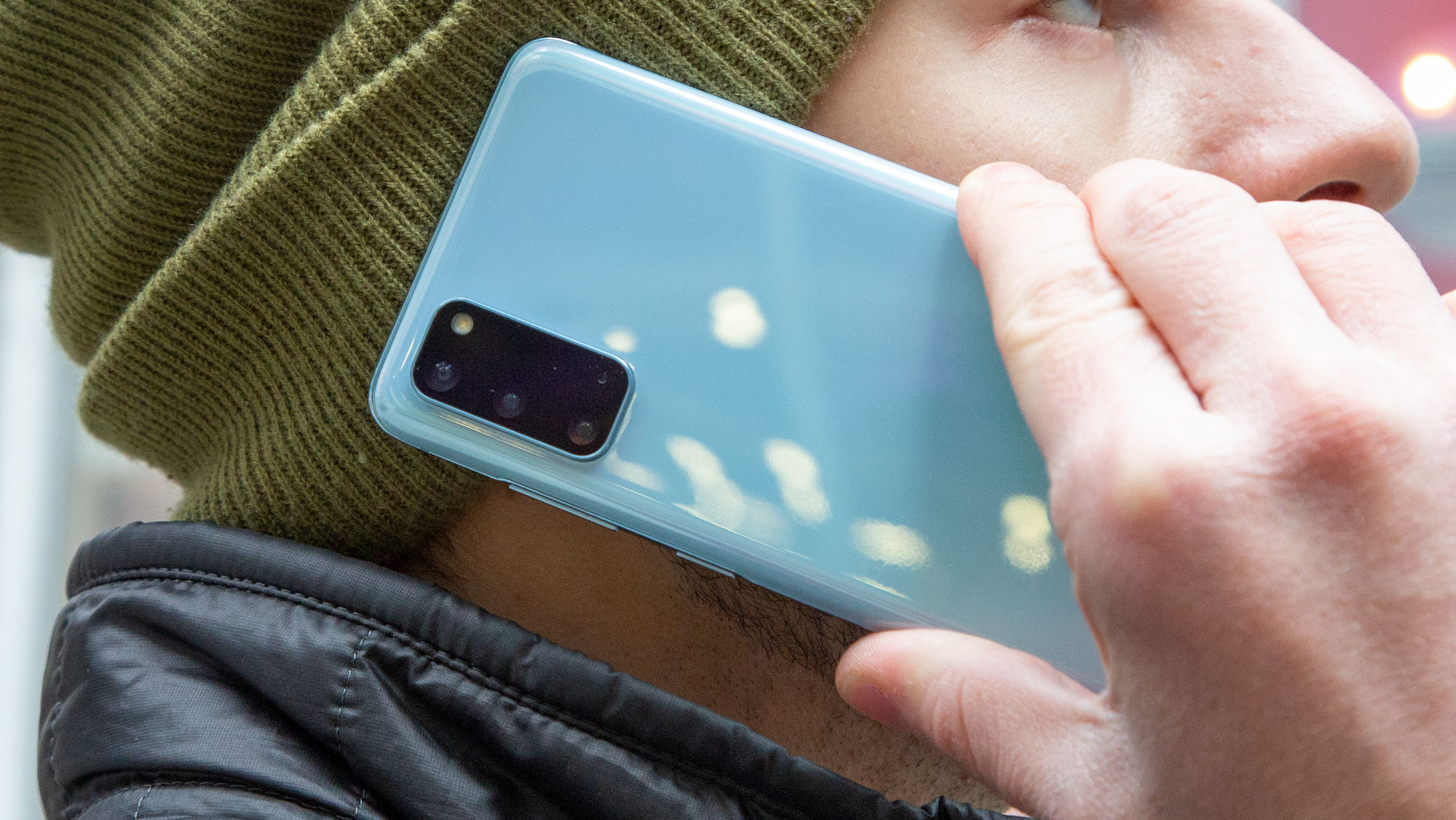
As phone screens get bigger and bigger, they’re getting harder to handle. The Samsung Galaxy S20 packs a big-enough 6.2-inch display into a design that’s easy to use with one hand. I have no problem reaching my thumb across the display to launch apps or type quickly.
The Galaxy S20 Plus is taller than the iPhone 11 Pro at 5.97 vs 5.6 inches, which for me means I have to shift the phone in my hand to hit the home button. But the Galaxy S20 is narrower than the iPhone 11 Pro and nearly an ounce lighter (5.7 vs 6.63 ounces).
The 120Hz display is silky smooth
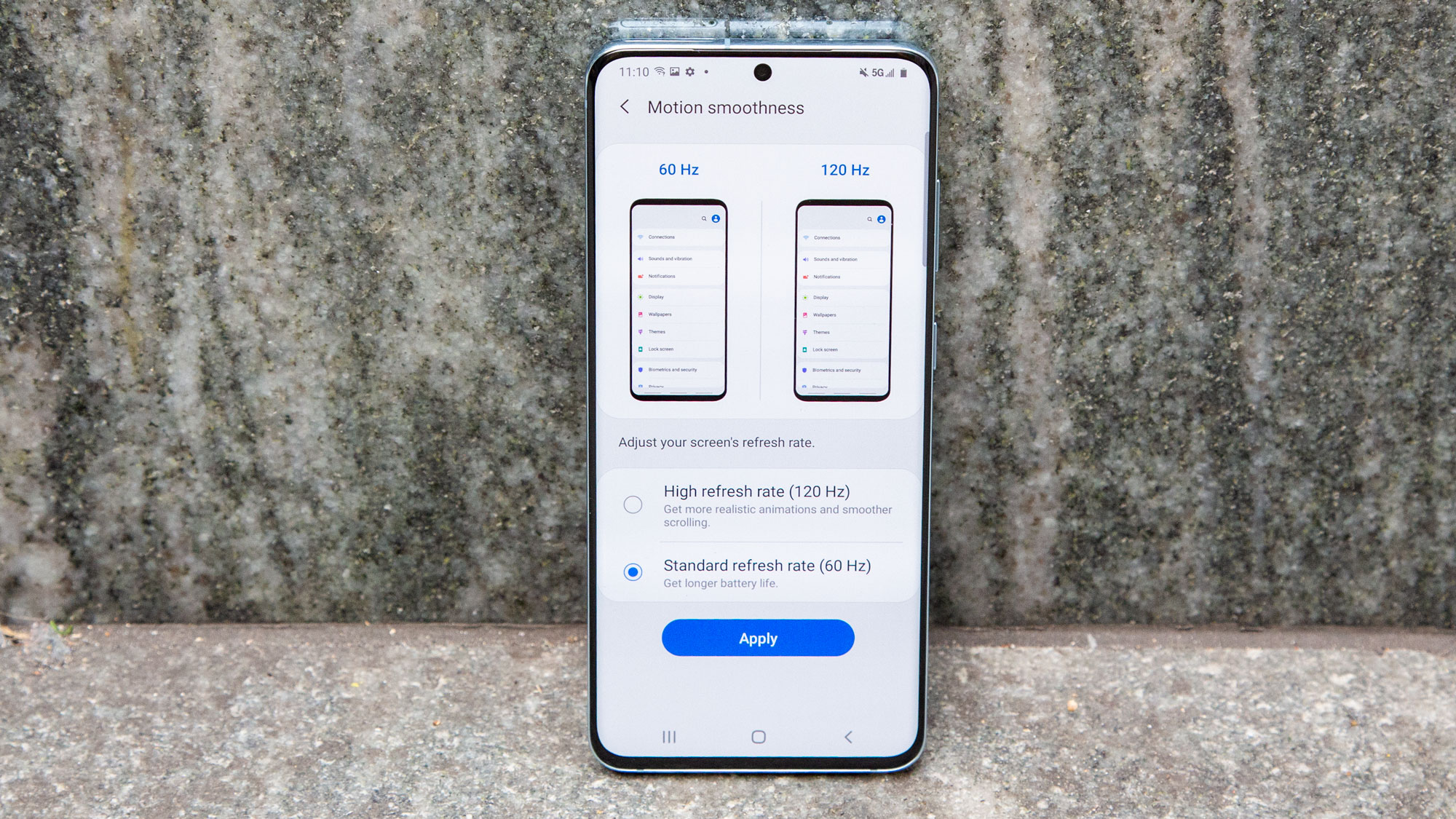
Just like its bigger brothers, the Galaxy S20 has a 120Hz refresh option for its display. With this option turned on, I enjoyed smoother scrolling in Chrome and in apps like Twitter. With the option turned off, scrolling was choppier and a bit more sluggish.
Get instant access to breaking news, the hottest reviews, great deals and helpful tips.
Combined with a fast 240Hz touch sensor, the 120Hz display can also deliver more realistic animations and smoother gameplay, provided the app is optimized for it. Microsoft’s Forza Street racing game will be one of the first titles to take advantage.
Excellent cameras with good zoom capability
The Galaxy S20 makes do with three rear cameras — and I’m fine with that. The only thing missing versus the Galaxy S20 Plus is the fourth DepthVision camera, which can come in handy for Live Focus portraits.
The regular S20 features a 12MP wide-angle camera, a 12MP ultra-wide camera and a 64MP telephoto camera capable of 3x lossless zoom and 30x digital zoom. Based on our camera testing, the Galaxy S20 more than holds its own against the iPhone 11 Pro.
Check out the above shot of some cookies. The Galaxy S20 delivers more texture, especially in the darker chocolate fudge cookie. You can make out more nooks and crannies.
The Galaxy S20’s zoom also performs better than the iPhone 11 Pro Max, so you can see in this shot of the Chrysler building. With 10x digital zoom enabled on both phones, the S20 renders a more detailed shot, especially when you look at the windows.
5G speeds — depending on the carrier

The Galaxy S20 Ultra supports 5G networks in the sub 6-GHz bands for now, which means you can use it on AT&T, Sprint and T-Mobile. And the speeds can be pretty swift, depending on your location and the network you’re using.
- Galaxy S20 and 5G: What you need to know
In central New Jersey, I’ve seen downloads over T-Mobile’s network between 120 Mbps and 183 Mbps, which is not bad. The iPhone 11 Pro Max on Verizon’s 4G network hit 50 to 67 Mbps in the same location, so I’ll take 2 to 3 times the speed of LTE.
It's the 'cheapest' Galaxy S20
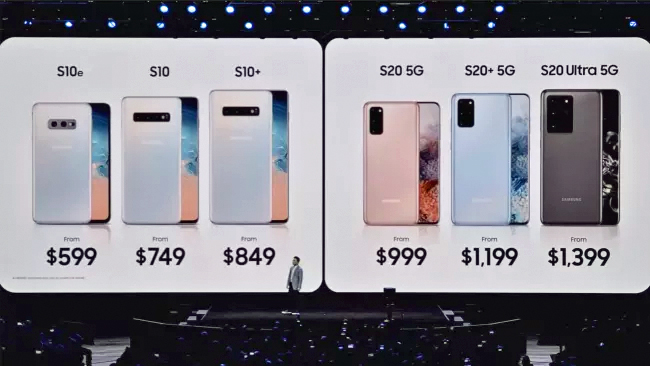
While the Galaxy S20 Plus and Galaxy S20 Ultra start at $1,199 and $1,399, respectively, the regular Galaxy S20 costs $999. That’s the same price as the iPhone 11 Pro. And you can get discounts on top of that, such as $150 off on Best Buy. Check out our Galaxy S20 deals page for more sales and discounts.
Samsung Galaxy S20: Reasons to skip
Battery life is relatively short: The Samsung Galaxy S20 packs a pretty beefy battery at 4,000 mAh, but it didn't last as long as I hoped in our web surfing battery test. The phone endured for 9 hours and 31 minutes on T-Mobile's 5G network, compared to 10 hours and 19 minutes for last year's Galaxy S10 over LTE.
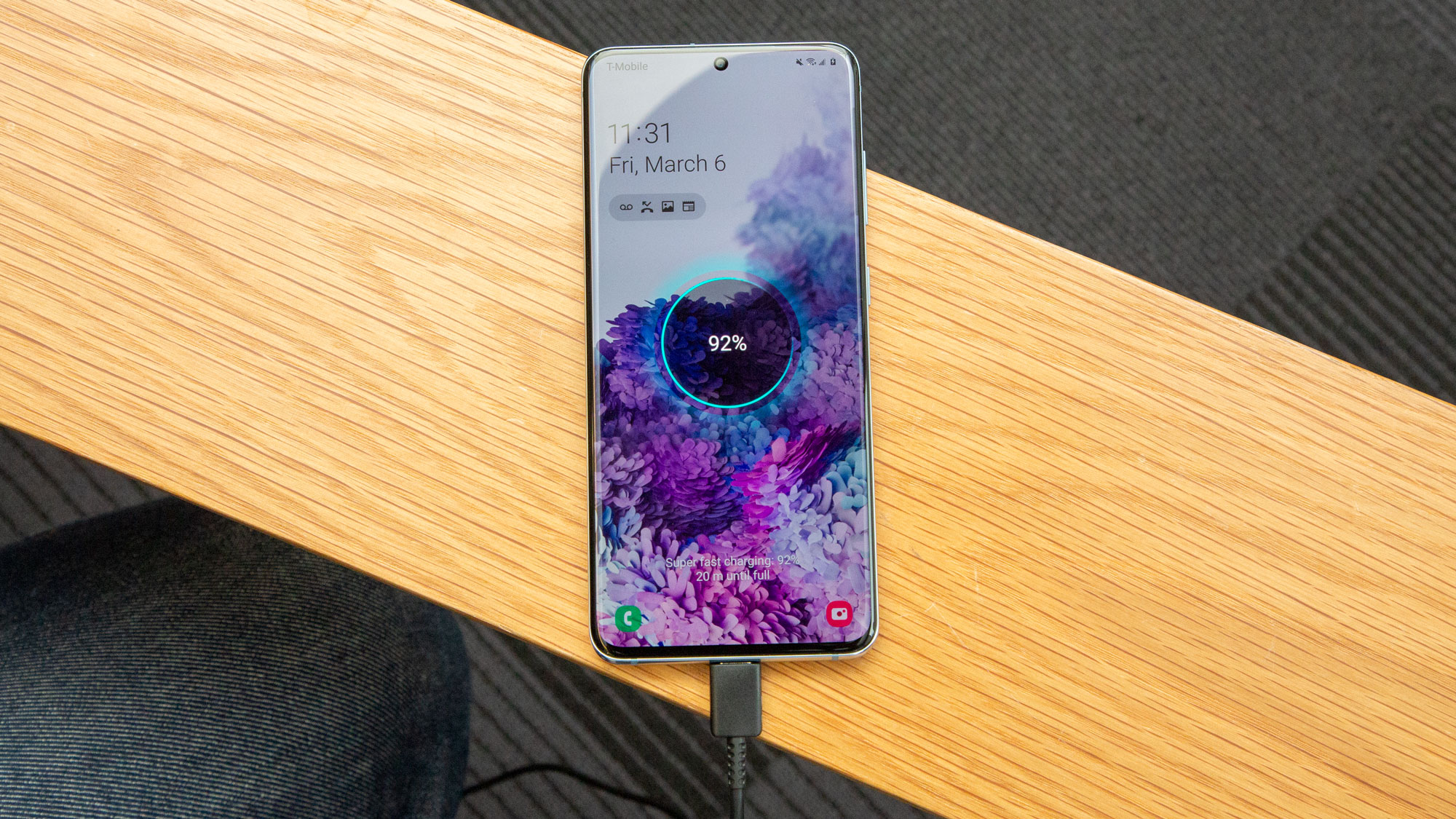
The Galaxy S20's battery life was much worse with the 120Hz refresh rate enabled fo for the display, as the runtime dipped to 8:04. That's nearly 1.5 hours less than with the 60Hz refresh rate on this phone.
You can't get it on Verizon (yet): The Galaxy S20 is available for AT&T, Sprint and T-Mobile, but Verizon will not be offering this phone until the second quarter. That's because it will take that long for a version of the Galaxy S20 to be ready that supports Verizon's mmWave network.
Mark Spoonauer is the global editor in chief of Tom's Guide and has covered technology for over 20 years. In addition to overseeing the direction of Tom's Guide, Mark specializes in covering all things mobile, having reviewed dozens of smartphones and other gadgets. He has spoken at key industry events and appears regularly on TV to discuss the latest trends, including Cheddar, Fox Business and other outlets. Mark was previously editor in chief of Laptop Mag, and his work has appeared in Wired, Popular Science and Inc. Follow him on Twitter at @mspoonauer.

